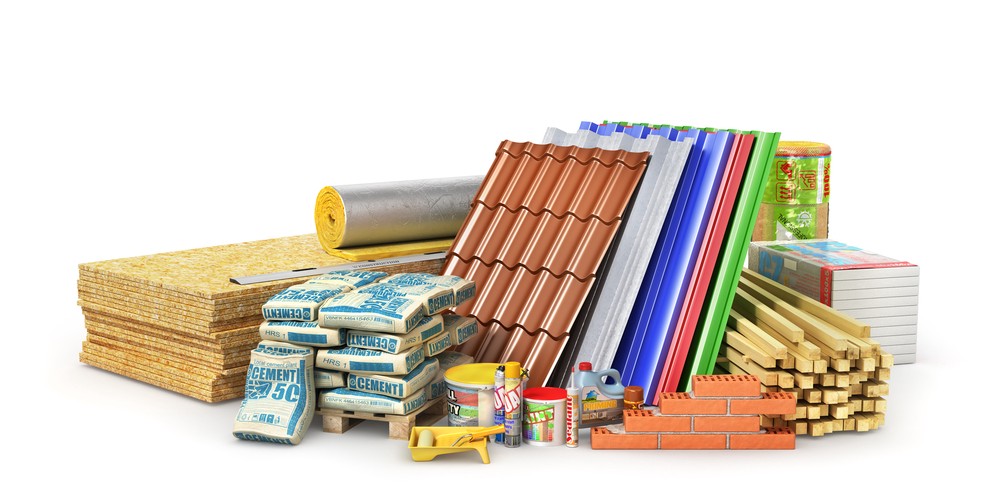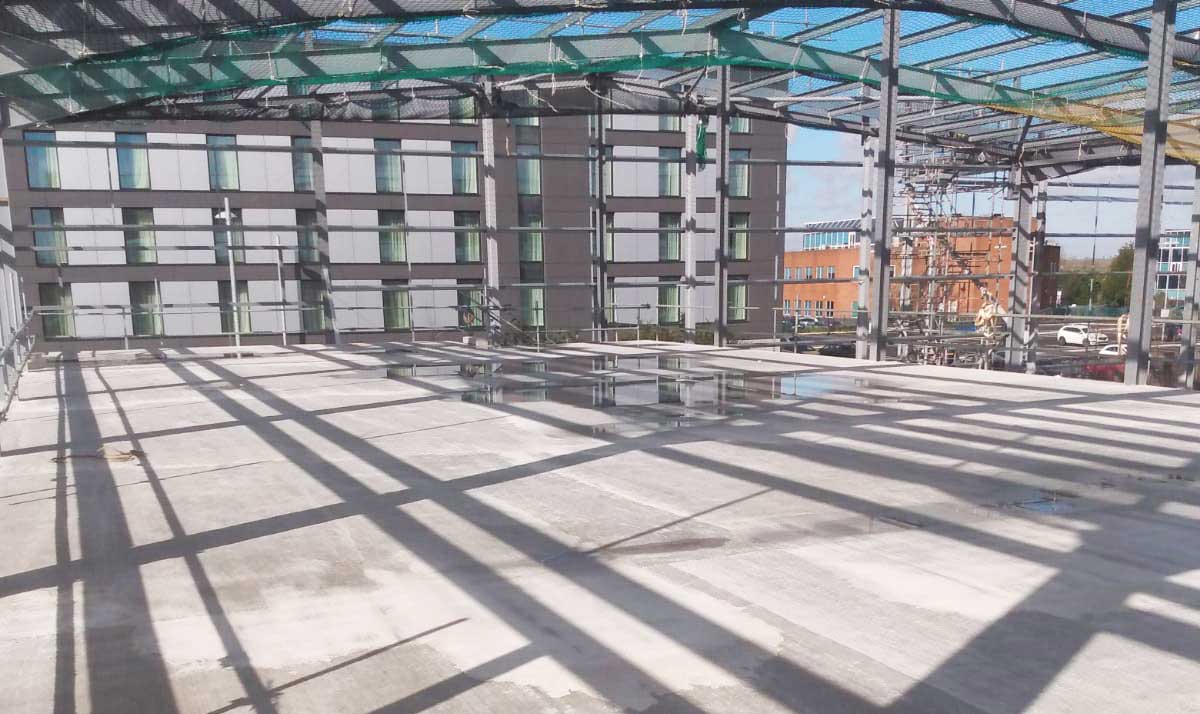Composites: The Future of Sustainable Building And Construction Products
Wiki Article
Unlocking the Environmental Advantages of Recycled Compounds in Building And Construction and Design
In the world of construction and layout, the application of recycled composites holds considerable guarantee for enhancing sustainability practices and reducing ecological effect. The change in the direction of an extra lasting future in these markets pivots on opening the full potential of recycled compounds.
Ecological Effect Reduction
The reduction of ecological impact through making use of recycled composites in building and construction and layout plays an essential duty in sustainable techniques. By including recycled composites into structure products, the building and construction sector can significantly decrease its carbon footprint and add to a more environment-friendly future. These lasting materials, made from repurposed plastics, timber fibers, or other recycled aspects, use a feasible option to conventional building and construction materials without compromising on quality or durability.
Recycled compounds aid draw away waste from landfills and lower the need for drawing out basic materials, hence saving natural deposits. Furthermore, the manufacturing procedure of these composites usually takes in less energy and produces fewer greenhouse gases compared to generating virgin materials (composites). This change towards using recycled compounds not only reduces environmental injury yet also advertises a round economic climate by encouraging the reuse of products that would certainly or else be disposed of
Waste Minimization
With a focus on lessening waste in construction and design, the assimilation of recycled composites provides a sustainable service to lower ecological influence. Waste reduction is an important element of lasting techniques, and making use of recycled composites provides a chance to accomplish this objective effectively. By utilizing materials that have already served their initial objective, such as recycled plastics or redeemed timber fibers, the building and design sectors can dramatically reduce the amount of waste created and sent out to land fills.Recycled composites have the potential to divert substantial amounts of waste from conventional disposal methods, contributing to an extra circular economic climate where sources are made use of effectively. In addition, the production process of recycled composites commonly takes in less power and produces fewer exhausts compared to virgin products, further lowering the environmental impact of building and construction and design jobs.
Applying waste reduction techniques via the incorporation of recycled composites not only assists in saving natural resources but additionally advertises a more sustainable method to structure and designing for a greener future.
Power Conservation
Including recycled composites not just lessens waste in building and construction and design but likewise plays an important function in boosting energy conservation methods within the market. Making use of recycled composites in construction can substantially add to energy preservation through numerous ways. First of all, the production of virgin materials normally calls for considerable power inputs, whereas using recycled compounds consumes less energy, consequently decreasing overall power consumption. In addition, integrating recycled compounds can add to better insulation properties in structures, minimizing the need for excessive heating or cooling, and subsequently reducing energy Visit Website use for climate control. The light-weight nature of several recycled composites can lead to lighter frameworks, requiring less energy for transportation and installment. By promoting using recycled composites in construction and layout, the industry can make substantial strides towards achieving power effectiveness and decreasing its carbon footprint, ultimately adding to a much more sustainable developed atmosphere.Carbon Footprint Decrease
Enhancing sustainability techniques through the usage of recycled compounds in building and layout considerably lowers the carbon impact of the market. By integrating recycled materials into the manufacturing of compounds, the need for virgin resources reduces, leading to lower energy intake and greenhouse gas exhausts linked with standard manufacturing procedures. This decrease in carbon footprint is vital in combating climate adjustment and advertising a much more eco-friendly technique to building and construction and style.additional hints The carbon impact decrease achieved via the adoption of recycled compounds straightens with the global push towards lasting techniques and the reduction of commercial emissions. Inevitably, by prioritizing the integration of recycled compounds, the industry can make substantial strides in lowering its carbon footprint and adding to a more lasting future.
Lasting Future
The combination of recycled composites in building and construction and layout not only addresses instant ecological concerns but additionally lays a solid structure for a sustainable future in the industry. By including recycled compounds into building materials and products, the construction and layout sectors can considerably minimize their dependence on virgin sources, causing a much more circular economic climate. This shift towards sustainability is important for reducing the environmental effect of typical building methods, which typically result in high degrees of waste generation and source exhaustion.

Final Thought
In verdict, recycled composites offer substantial ecological advantages in construction and layout by decreasing ecological effect, reducing waste, saving power, reducing carbon impact, and advertising a sustainable future. try this web-site Embracing making use of recycled composites can add to an extra environmentally-friendly technique to structure and style, ultimately causing a much more lasting and greener future for all.The decrease of ecological impact with the use of recycled compounds in building and style plays a vital function in lasting practices.With an emphasis on decreasing waste in construction and layout, the assimilation of recycled composites provides a lasting option to lower ecological influence. By promoting the use of recycled composites in building and construction and design, the industry can make significant strides in the direction of accomplishing power performance and decreasing its carbon footprint, ultimately contributing to a more sustainable constructed atmosphere.

Report this wiki page